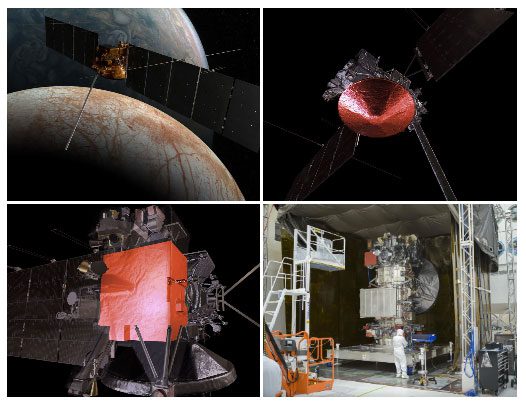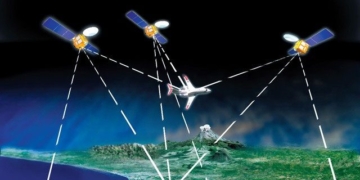According to NASA, 2024 marks the beginning of a dream journey that this space agency has quietly been building for many years: Departure to Europa.
1. Known to Humanity for Over 400 Years
In the Solar System, Europa is the sixth-largest moon and the smallest among the Galilean moons of Jupiter, which also includes Ganymede, Callisto, and Io.
These four moons were first observed by Renaissance scientist Galileo Galilei around the end of 1609 or the beginning of 1610.
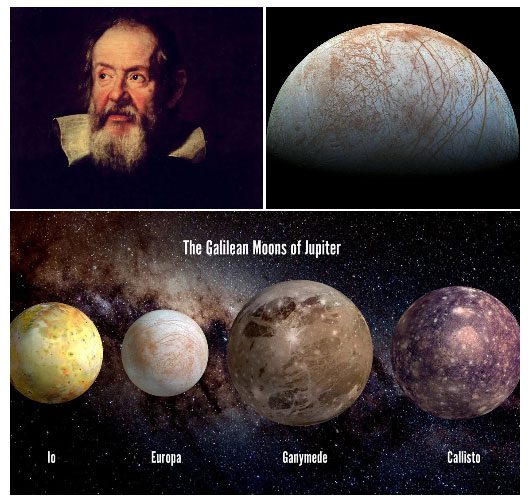
Scientist Galileo Galilei, Europa, and all four Galilean moons – (Photo: NASA).
In the modern world, NASA considers them as “moons of life”, with each containing at least a few elements suitable for life.
However, the habitability of Ganymede, Callisto, or Io is very dim since each moon also has features that could hinder life. Only Europa is perfect.
2. Why is NASA Searching for Life?
“The Clipper spacecraft is being created with a comprehensive goal: to determine whether Europa contains the conditions suitable for life.” – NASA states.
According to this space agency, Europa possesses the necessary components for life: Water, chemistry, and energy.
Water
NASA scientists, along with many research teams worldwide, have relied on observational data from various spacecraft – Pioneer 10 and 11 in the 1970s, Voyager 1 and 2, Galileo, and Juno – as well as ground observations to believe that there is a salty ocean lying beneath Europa’s surface.
There is more water there than all the oceans on Earth combined! The estimated depth of this global ocean is about 60-150 km.
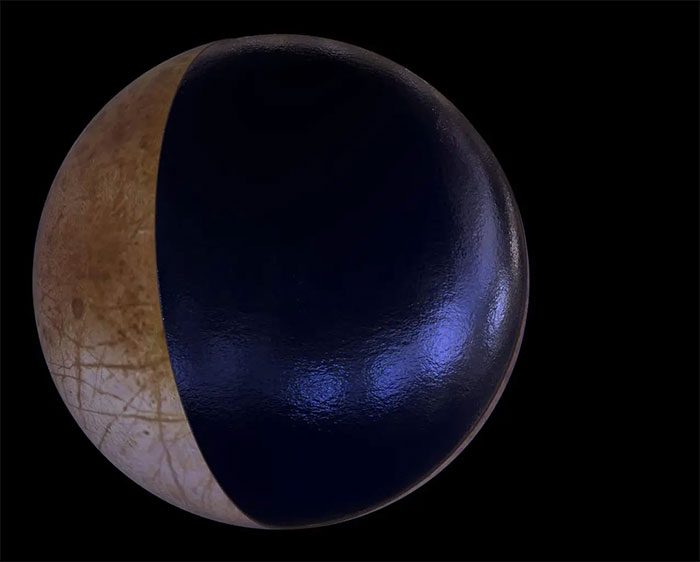
The underground ocean lies just beneath the icy crust, enveloping the celestial body – (Photo: NASA).
Chemistry
For Europa to be habitable, it requires essential life components – carbon, hydrogen, oxygen, and sulfur – along with several other elements that could form organic molecules.
Studies around the world have shown that Europa contains these components, incorporated into its celestial structure from its formation and further enriched by meteorite impacts.
Additionally, the seawater in the underground ocean may have continuously seeped into the deeper rock layers, creating a constant metabolic exchange that enriches the ocean chemically and provides building blocks for life.
This ocean is also believed to possess a hydrothermal system similar to Earth’s.
Energy
For life to thrive, it needs to photosynthesize or rely on chemical energy. Life on Europa is thought to exist in the underground ocean, thus relying on the second option for survival.
This chemical energy is generated by Jupiter’s strong gravitational pull. The gravitational interactions have created tides on Europa, stretching this moon and generating heat.
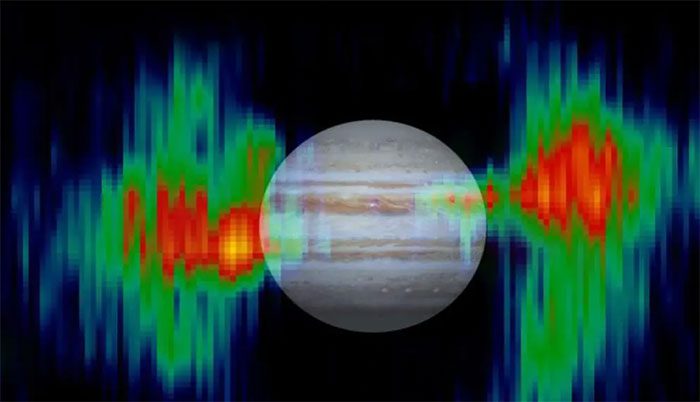
Gravitational interactions with Jupiter provide Europa with the necessary energy to function – (Photo: NASA).
3. What is Known About Europa
One of the important measurements from the Galileo spacecraft (launched in 1989, operational for nearly 14 years) shows that Europa has a magnetic field generated by a conductive liquid deep below – the very ocean beneath its surface.
This is also one of the first solid pieces of evidence of an underground ocean.
This celestial body also has an extremely thin oxygen atmosphere, but enough to reveal to the Hubble Space Telescope that the ocean beneath is actively pushing water into space. This indicates it is still alive and functioning.
The surface of Europa is the smoothest among known solid objects in the Solar System, with relatively few impact craters and volcanoes.
This is because the surface is still quite young and not densely scarred by meteorite impacts like our world. This layer appears to be formed no more than 40-90 million years ago.
Meanwhile, its ice shell is about 15-25 km thick, enveloping the globally covering ocean instead of being separated like Earth’s oceans.
The moon of Jupiter is also believed to have a core rich in iron, with a thick rocky layer surrounding it down to the ocean floor.
4. Extraterrestrials or Something Else?
According to scientist Robert Pappalardo from NASA’s Europa Clipper project, if there is life there, it is almost certainly completely independent of the origin of life on Earth.
This means that the origins of life in the universe are likely abundant throughout our Milky Way galaxy – and beyond.
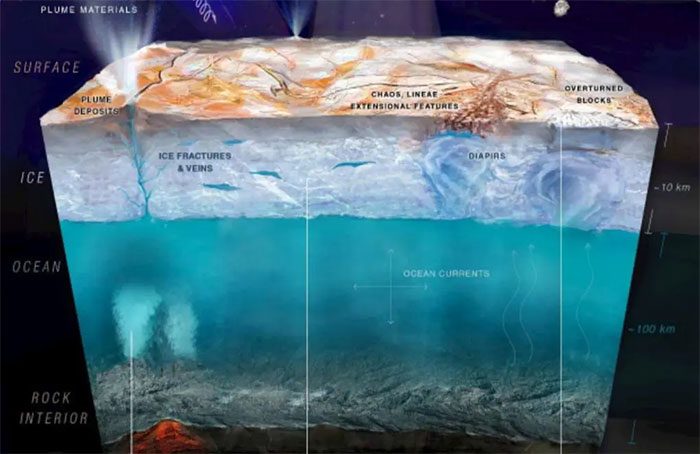
The ocean of Europa may be teeming with life – (Photo: NASA).
A Brief Overview of the Clipper SpacecraftThe Europa Clipper spacecraft, or simply Clipper, is set to depart Earth targeting Jupiter’s moon of life in October 2024.
According to NASA’s Jet Propulsion Laboratory (JPL), the spacecraft will fly close to this moon to gather data about its atmosphere, surface, and “interior,” investigating the depth and salinity of the underground ocean beneath the ice shell, geysers erupting from this ocean… The spacecraft will carry a range of advanced instruments such as the MISE mapping imaging spectrometer, REASON radar for assessment and measurement, the E-THEMIS thermal emission imaging system, SUDA surface dust analyzer, and the MASPEX mass spectrometer… |








































